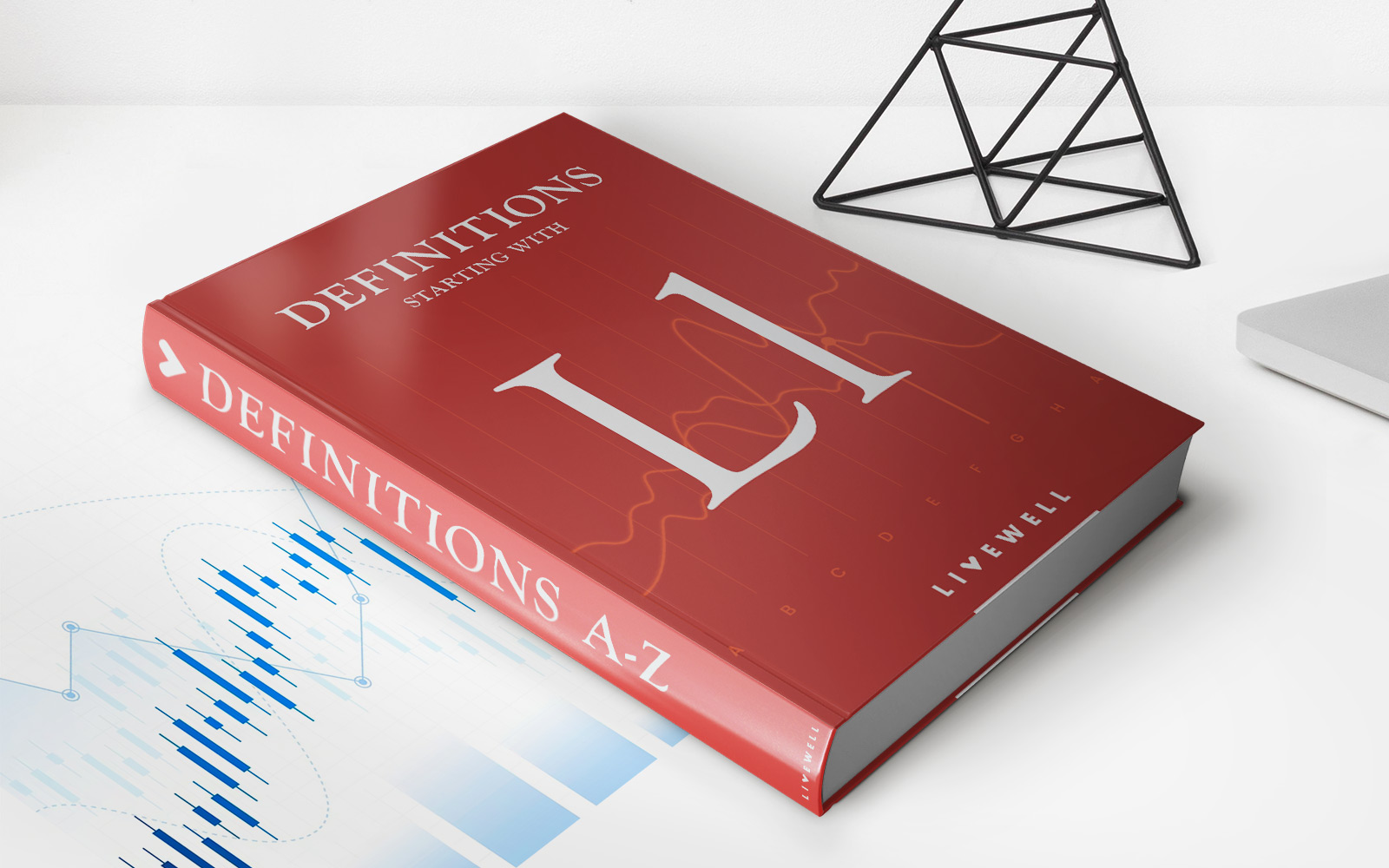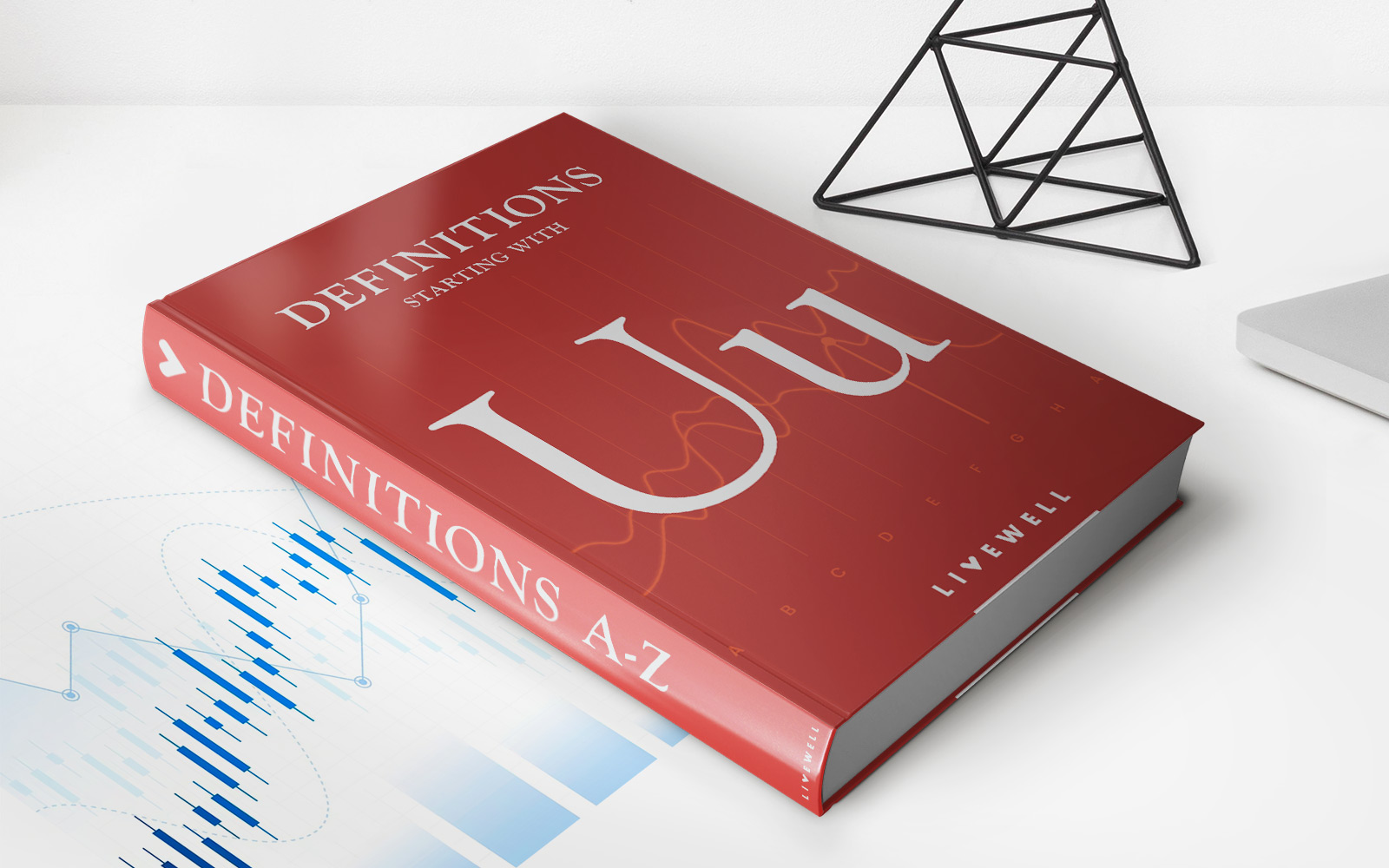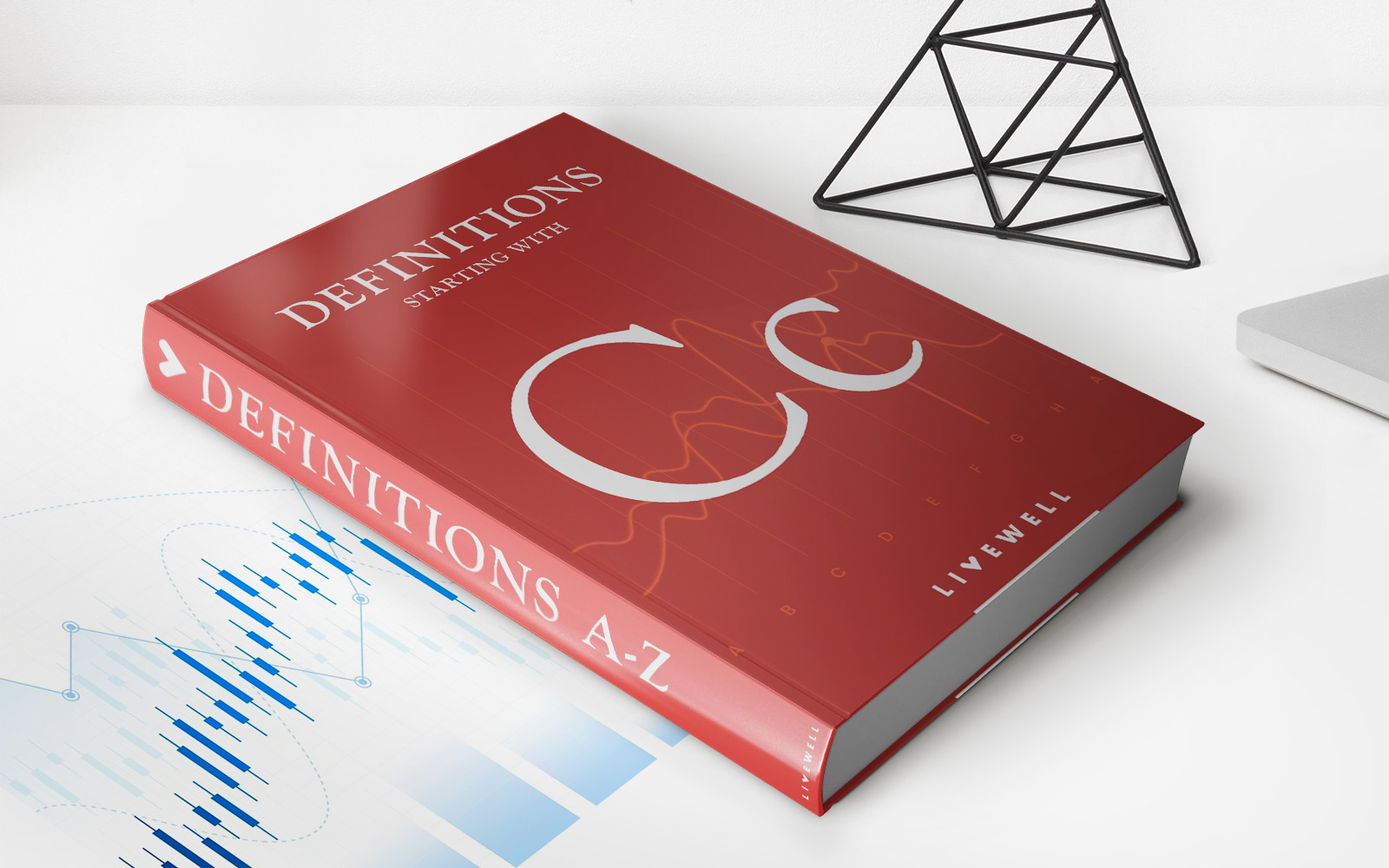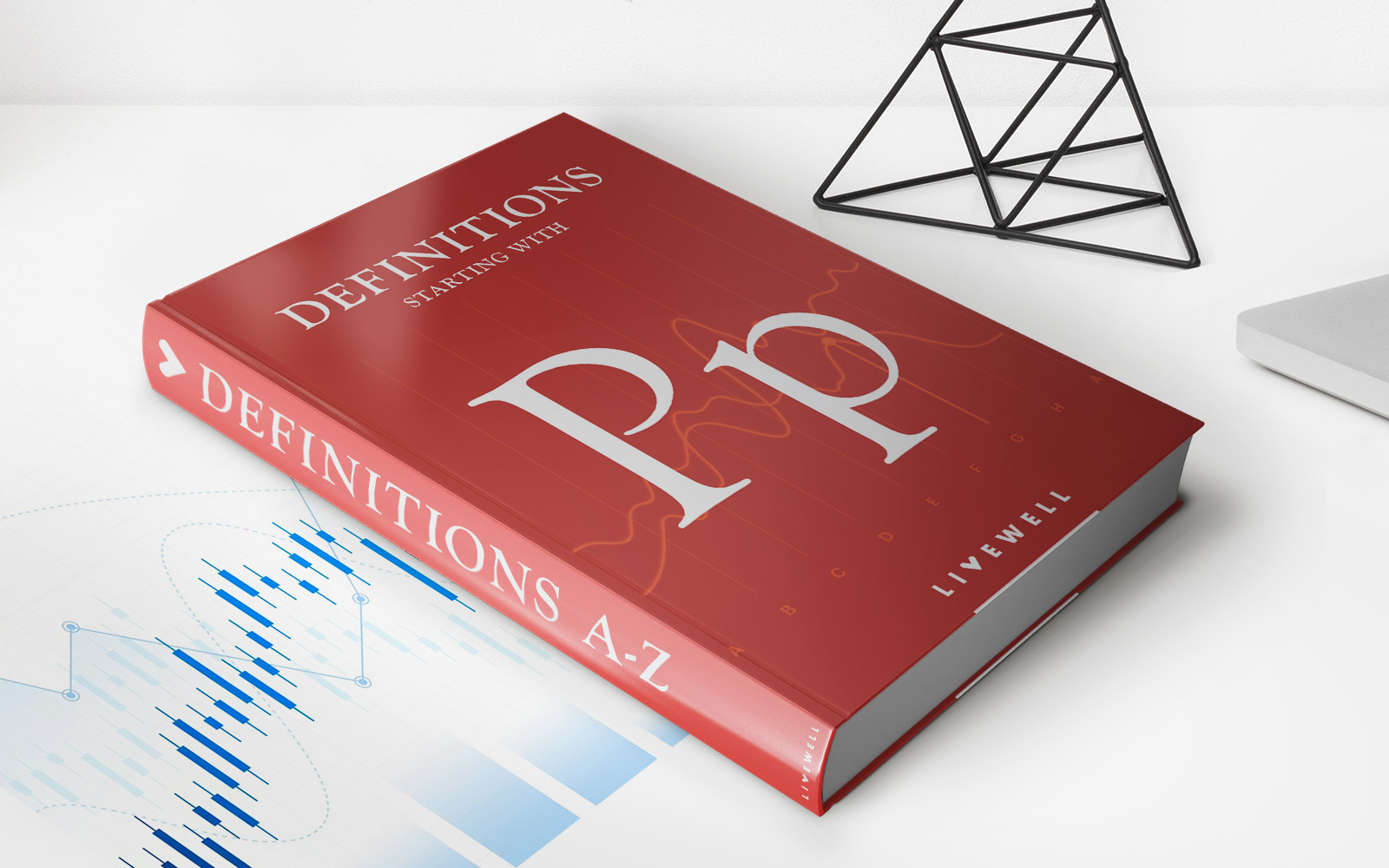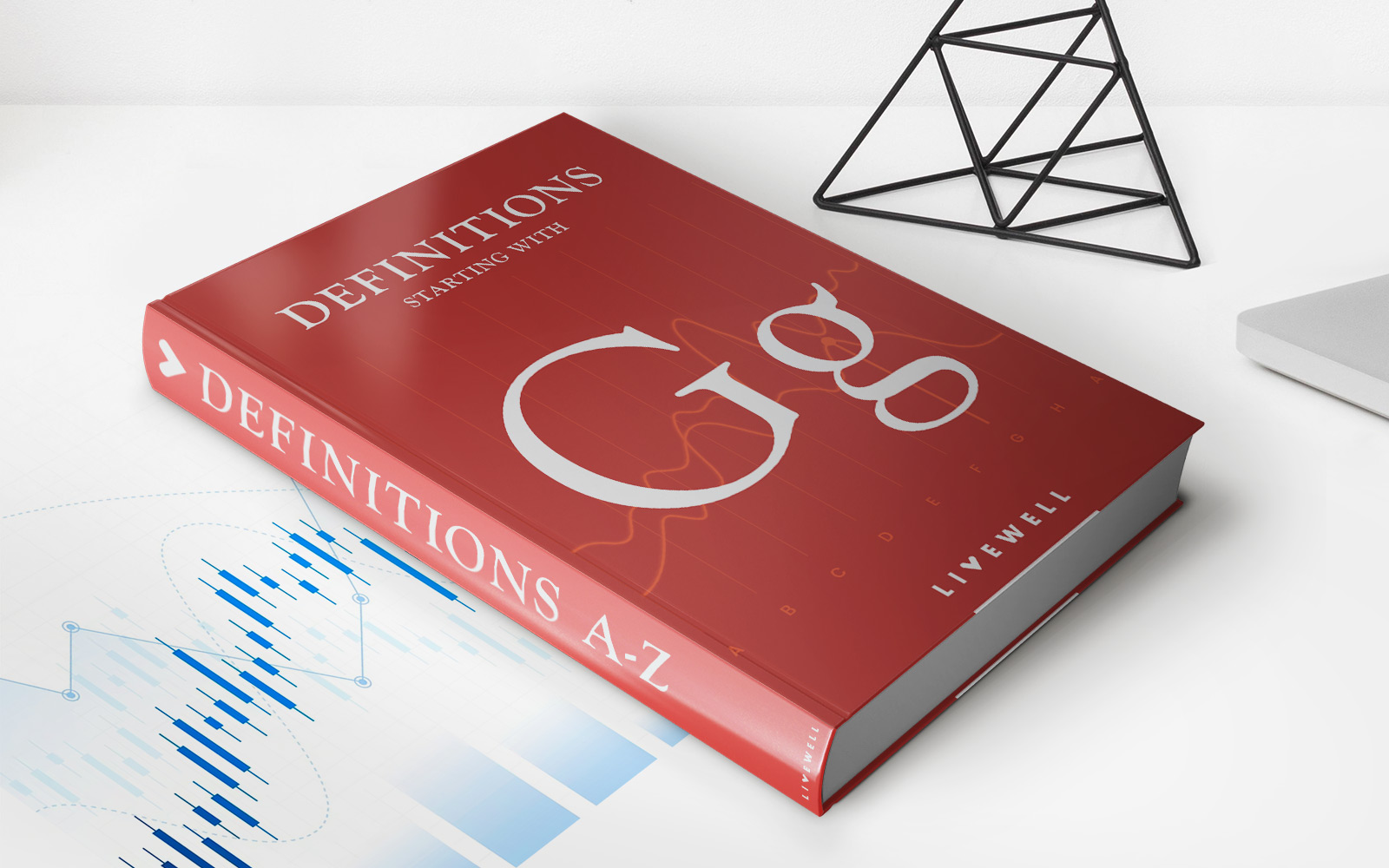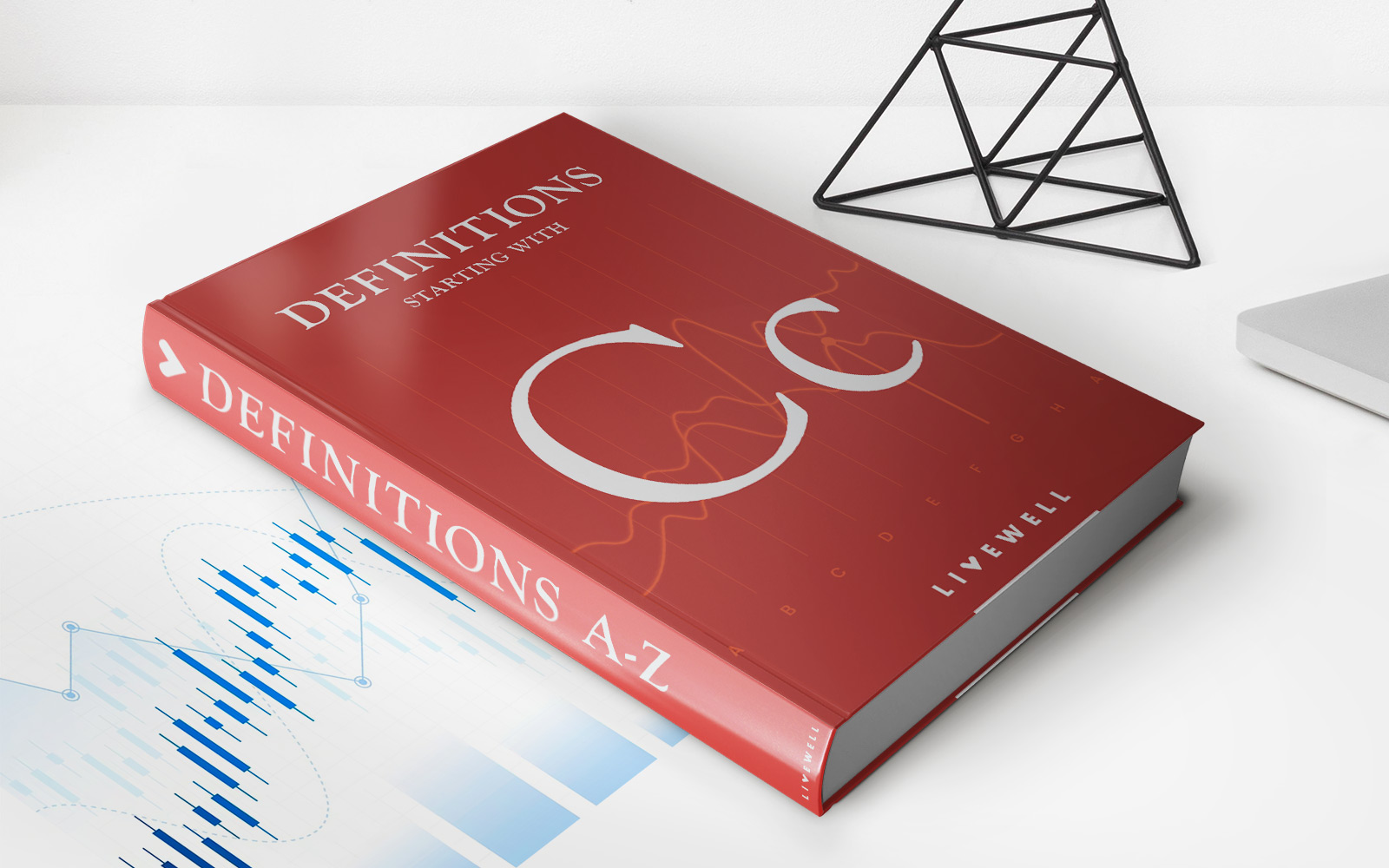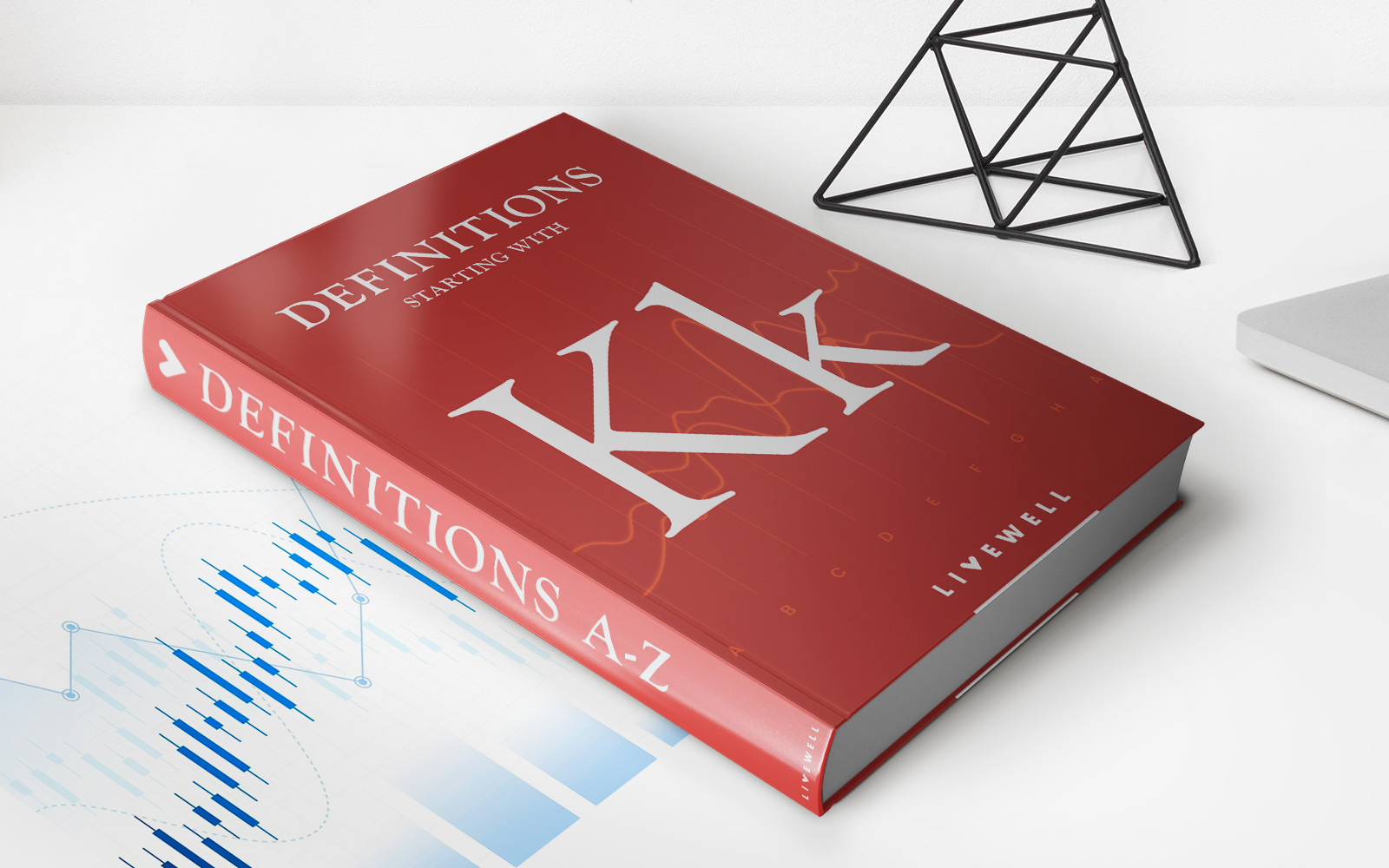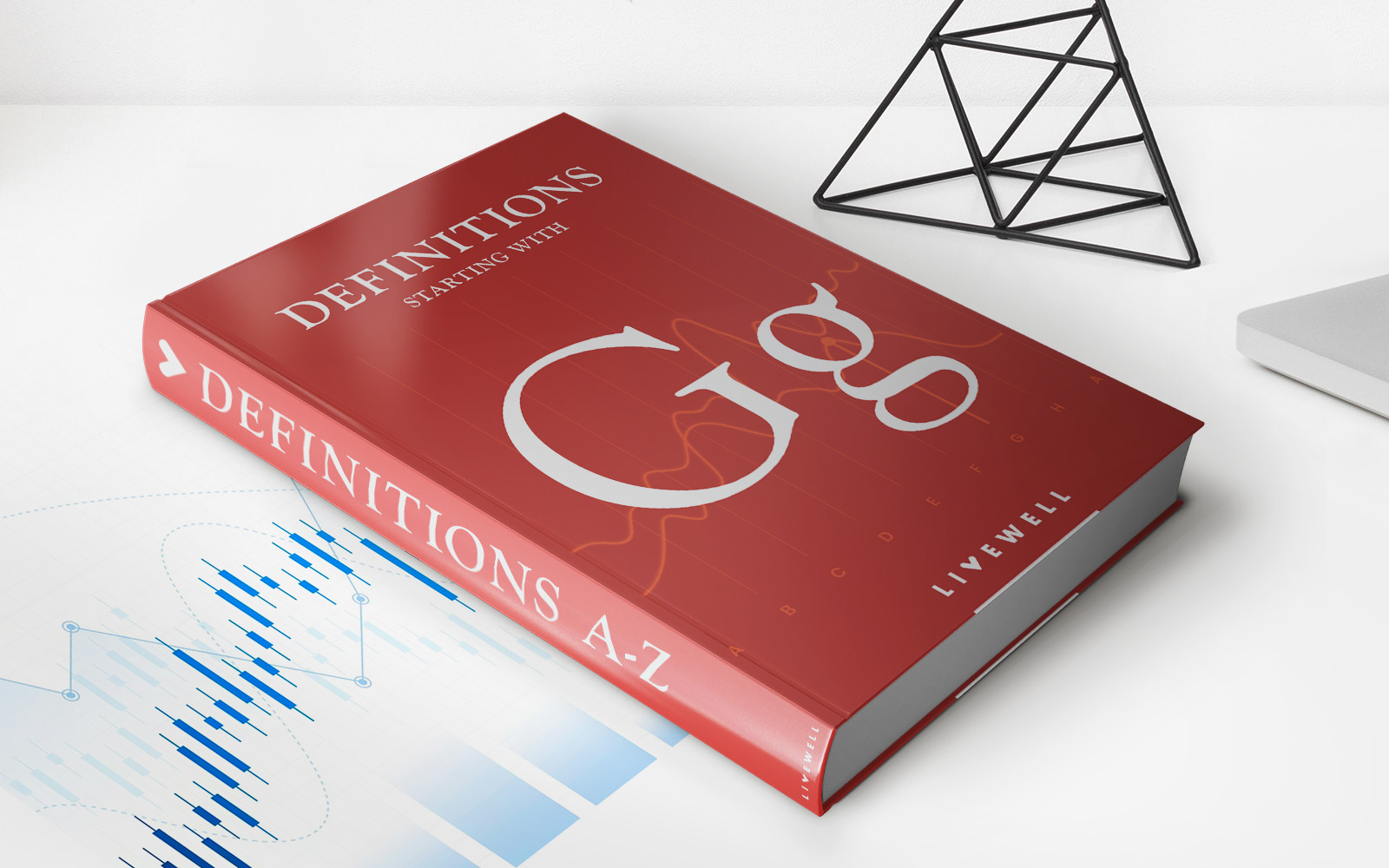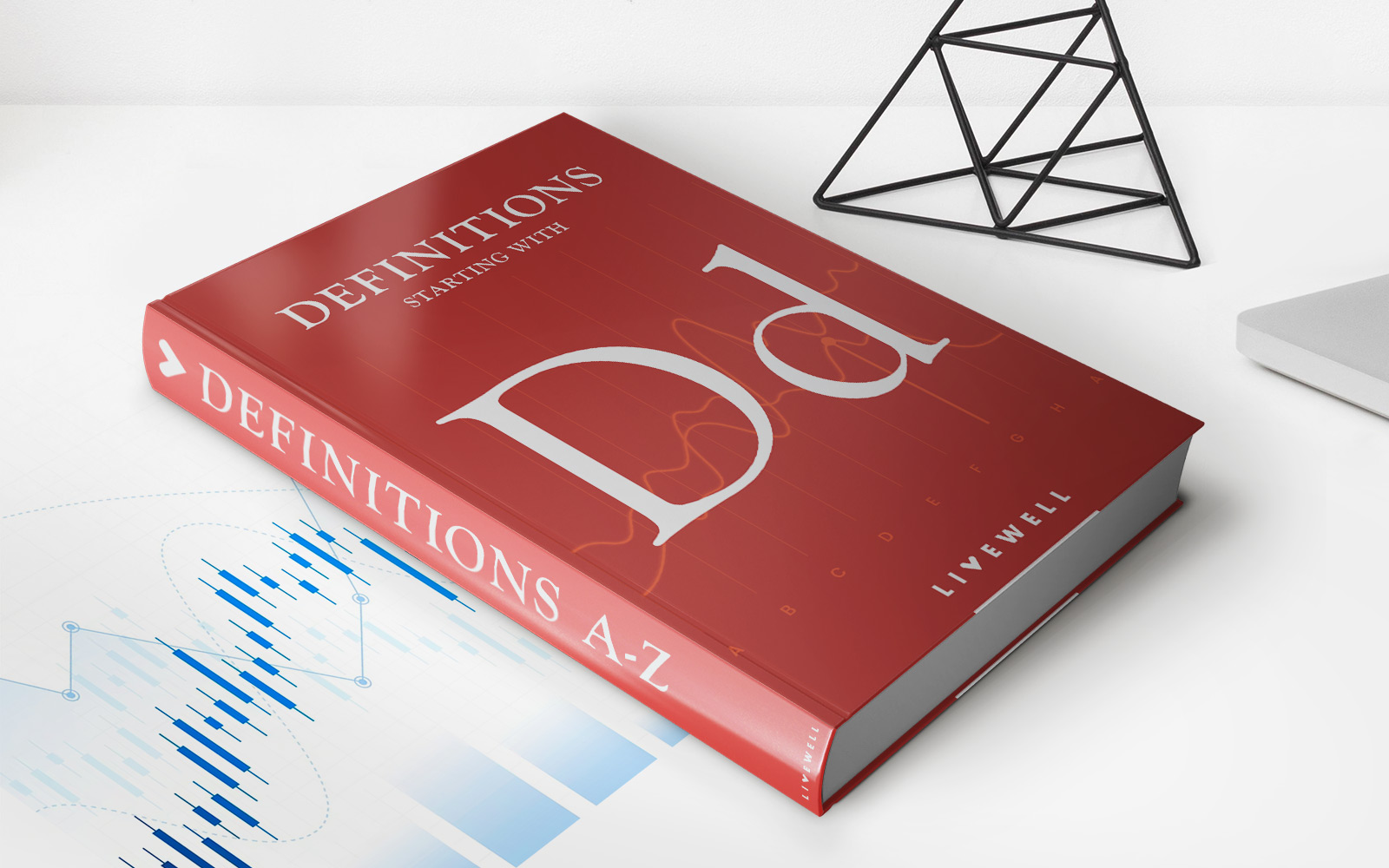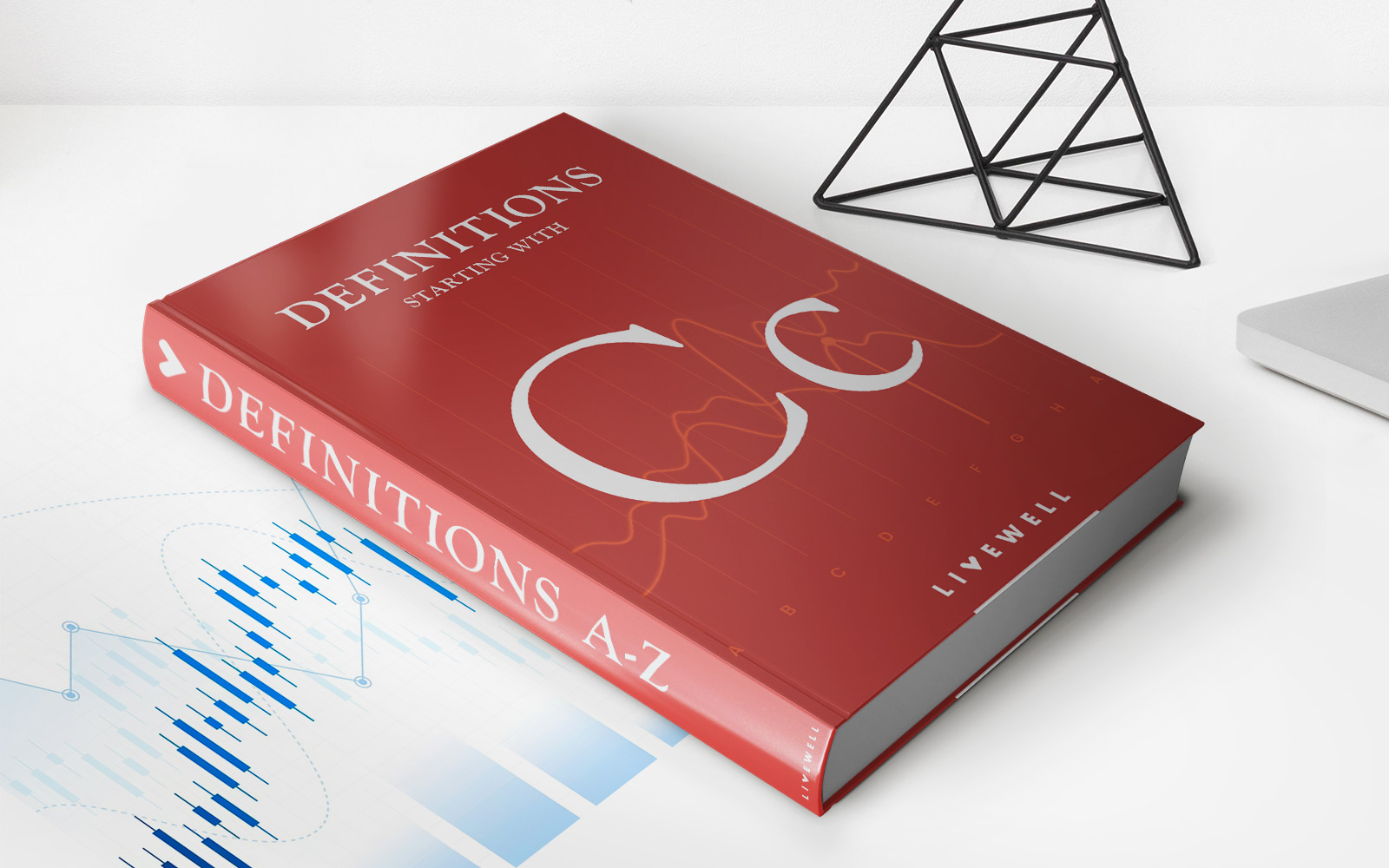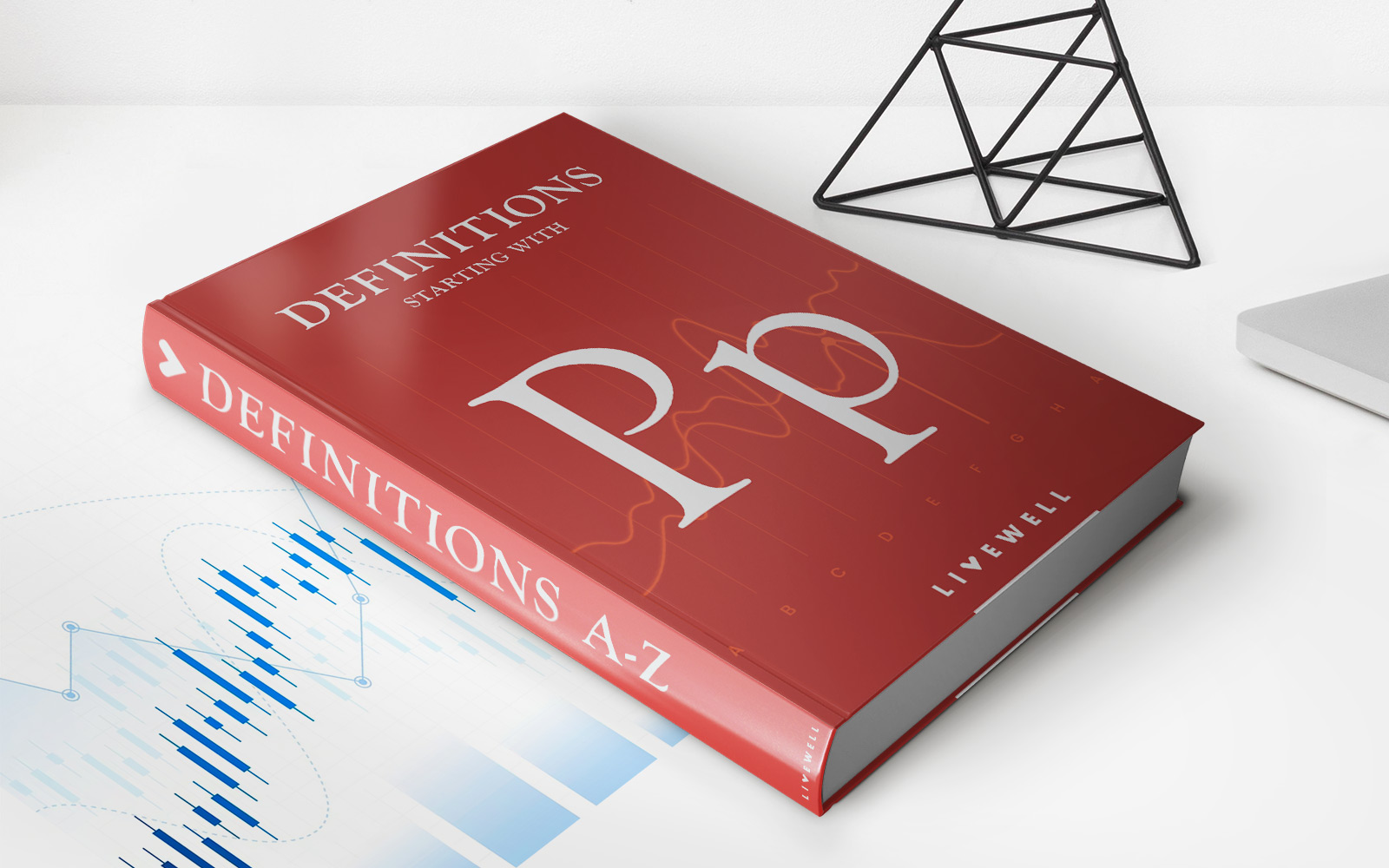

Finance
Premium Put Convertible Definition
Published: January 10, 2024
Learn about the premium put convertible in finance. Understand the definition and structure of this financial instrument.
(Many of the links in this article redirect to a specific reviewed product. Your purchase of these products through affiliate links helps to generate commission for LiveWell, at no extra cost. Learn more)
Understanding Premium Put Convertible: A Key to Financial Success
When it comes to financial investment strategies, understanding different options is essential. One lesser-known but powerful tool you should have in your arsenal is the premium put convertible. In this blog post, we will dive into the definition and benefits of a premium put convertible, helping you make informed decisions to achieve your financial goals.
Key Takeaways:
- A premium put convertible is a financial instrument that combines the features of a traditional convertible bond with an embedded put option.
- It provides investors with the flexibility to convert their bonds into stock while also having the right to sell back their bonds at a premium price if certain conditions are met.
What is a Premium Put Convertible?
A premium put convertible, also known as a premium callable convertible, is a unique hybrid instrument that combines the characteristics of a conventional convertible bond with an embedded put option. This financial instrument allows the bondholder to convert their bonds into shares of the issuing company’s common stock at a predetermined conversion price. Additionally, the bondholder has the option to sell back their bonds to the issuer at a premium price before the bond’s maturity date.
The premium put convertible is typically issued by companies looking to raise capital and reduce their potential interest costs. By offering this instrument, they attract investors who desire the opportunity to benefit from potential stock price appreciation while also having downside protection through the put option.
How Does a Premium Put Convertible Work?
Here’s a step-by-step breakdown of how a premium put convertible works:
- An investor purchases a premium put convertible bond from a company at its initial offering price.
- The convertible bond pays periodic interest payments to the bondholder, similar to a traditional bond.
- If the stock price of the issuing company rises and the bondholder wishes to take advantage of the potential gains, they can convert their bonds into a predetermined number of common shares.
- On the other hand, if the stock price declines or the bondholder believes that the bond has become overpriced, they can exercise the embedded put option, selling the bonds back to the issuer at a premium price.
The Benefits of Premium Put Convertibles
Premium put convertibles offer several advantages for investors:
- Diversification and Potential Upside: By owning a premium put convertible, investors can benefit from potential stock price appreciation while also having the security of fixed-income payments.
- Downside Protection: The embedded put option provides investors with a safety net, allowing them to sell back the bonds at a premium price if the stock price declines or they believe the bond is overvalued.
- Liquidity: Premium put convertibles can be sold in the secondary market, providing investors with the flexibility to exit their positions if desired.
In Conclusion
A premium put convertible is a powerful financial instrument that combines the benefits of both fixed-income securities and equity investments. By offering the flexibility to convert bonds into shares of common stock and the option to sell back bonds at a premium price, premium put convertibles provide investors with a unique opportunity to diversify their portfolios, mitigate downside risk, and potentially participate in stock market gains.
If you’re looking to enhance your investment strategy, exploring premium put convertibles might be a valuable addition. As always, it’s crucial to consult with a financial advisor to determine whether this instrument aligns with your individual investment objectives and risk tolerance.

